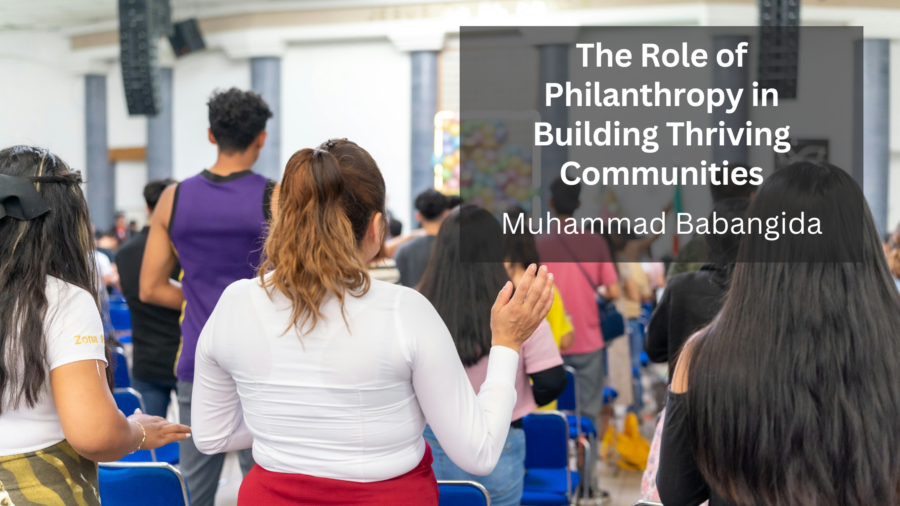Education is one of the most powerful tools for transforming lives, and investing in children’s education is perhaps the most impactful choice we can make for the future. When we invest in the education of children, we are not only enhancing their lives but also shaping the trajectory of entire communities and even nations. Education equips children with the knowledge, skills, and confidence to succeed, breaking the cycle of poverty, fostering equality, and creating opportunities for growth. Here’s why investing in children’s education changes everything.
1. Empowering Future Generations
Education opens doors for children by providing them with the knowledge and skills they need to pursue their dreams and build better futures. By investing in education, we empower young minds to explore their full potential. Children who receive quality education are more likely to become productive members of society, contributing to their communities in meaningful ways. When a child learns, they not only gain the ability to better their own lives but also inspire their families and communities to value education, perpetuating a cycle of learning and opportunity.
2. Breaking the Cycle of Poverty
One of the most significant impacts of investing in children’s education is its ability to break the cycle of poverty. Children from low-income families who have access to quality education are more likely to escape poverty and create better lives for themselves and their families. Education provides children with the tools they need to secure higher-paying jobs and improve their standard of living. With education, children gain the ability to dream beyond their circumstances, leading to improved financial stability, better health, and increased opportunities.
3. Fostering Equality and Social Mobility
Investing in children’s education promotes equality by giving every child, regardless of their background, a chance to succeed. Education helps level the playing field, providing children from marginalized communities with the knowledge and skills necessary to compete in the global economy. By ensuring that all children, especially girls and those from disadvantaged backgrounds, have access to quality education, we create a more equitable society where everyone has the opportunity to reach their full potential. Education empowers individuals to rise above their circumstances, increasing social mobility and breaking down long-standing barriers to success.
4. Strengthening Communities and Economies
Educated individuals contribute significantly to the development of strong, thriving communities. When children are educated, they become leaders, entrepreneurs, and workers who drive economic growth and improve societal well-being. Higher levels of education correlate with better employment rates, increased innovation, and improved productivity, all of which boost local and national economies. As communities invest in education, they create a more educated workforce that attracts businesses and investments, creating more job opportunities and fostering long-term economic prosperity.
5. Promoting Peace and Stability
Education is a critical factor in fostering peace and stability. Countries with higher levels of education tend to have stronger democratic systems, lower levels of corruption, and better human rights protections. Educated individuals are more likely to engage in peaceful dialogue, advocate for positive change, and contribute to the overall stability of society. By investing in children’s education, we are not only shaping their futures but also contributing to a more peaceful, just, and harmonious world.
Conclusion
Investing in children’s education is one of the most profound actions we can take to change the world. It empowers future generations, breaks the cycle of poverty, fosters equality, strengthens economies, and promotes peace. The benefits of education are far-reaching, impacting not just the individuals who receive it but entire communities and societies. By prioritizing children’s education, we are investing in a brighter, more prosperous future for everyone.










